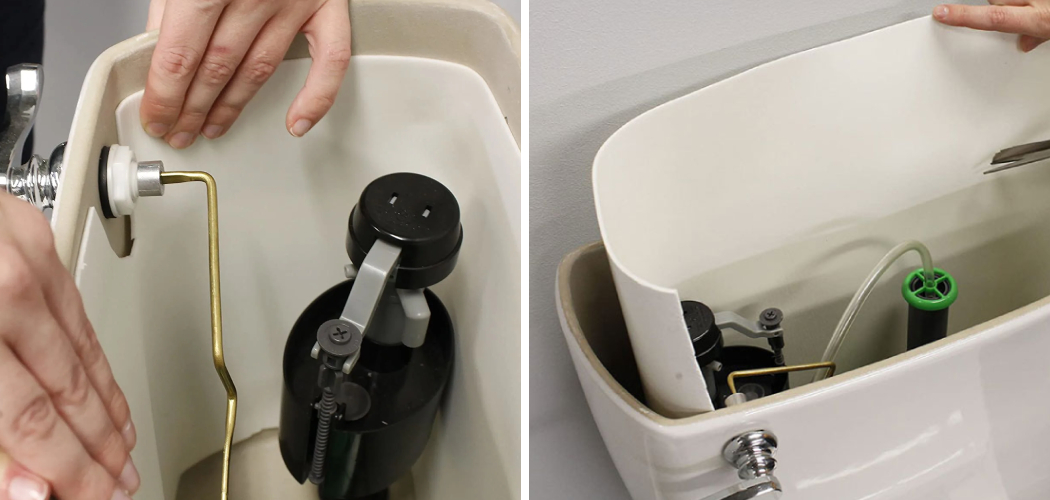Are you considering adding a tankless toilet to your bathroom? Or you’ve heard about them and are wondering how they work.
Tankless toilets, often found in modern homes and commercial establishments, operate without the traditional tank reservoir for water storage. Unlike conventional toilets, which rely on gravity to release water from a tank, tankless models use an electric pump or water line pressure to provide the necessary flushing force. This innovative design allows for a more compact and streamlined appearance while also offering greater efficiency and water conservation. Tankless toilets deliver on-demand flushing by directly connecting to the water supply, resulting in faster refilling times and continuous water flow.
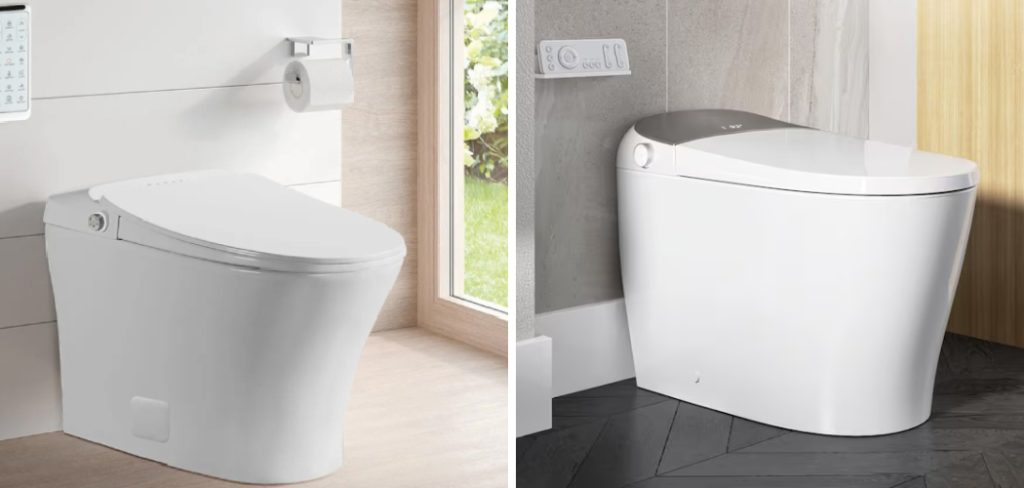
Understanding how tankless toilets work provides insight into their growing popularity and how they contribute to a more sustainable approach to sanitation.
What are the Benefits of Tankless Toilets?
Aside from the obvious space-saving advantage, tankless toilets offer several other benefits that make them a desirable option for many homeowners and businesses.
- Water Efficiency: As mentioned, tankless toilets use an electric pump or water line pressure to flush waste, eliminating the need for a large reserve of water. This results in using significantly less water per flush than conventional toilets, making them more environmentally friendly and cost-effective in the long run.
- Durability: Without a tank to store water, tankless toilets have fewer parts that can malfunction or require maintenance, making them more durable and long-lasting than traditional models.
- Design Flexibility: With no bulky tank taking up space, tankless toilets offer more design flexibility and can be installed in smaller or unconventional spaces. This makes them especially useful for compact bathrooms or commercial settings.
- Odor Control: Because there is no standing water in a tank, there is less potential for bacteria growth and unpleasant odors. This also contributes to a cleaner and more hygienic bathroom environment.
These are just a few of the benefits that make tankless toilets an attractive option for those looking to upgrade their bathrooms.
10 Easy Steps on How Tankless Toilets Work
Step 1. Ensure Water Supply Connection:
The first step in understanding the functionality of tankless toilets is to ensure that you have a proper connection to your home’s water supply. Unlike traditional toilets that rely on stored water, tankless models depend directly on the main water line. This hookup is crucial as it provides the constant pressure needed to operate the toilet effectively.
The water line connection should be checked for secure fittings and the absence of leaks to guarantee that water flows seamlessly into the toilet system. Without this well-established connection, a tankless toilet may fail to perform efficiently, resulting in incomplete flushing or inadequate waste removal. Therefore, ensuring a steady and reliable water supply connection is foundational to the optimal performance of a tankless toilet.
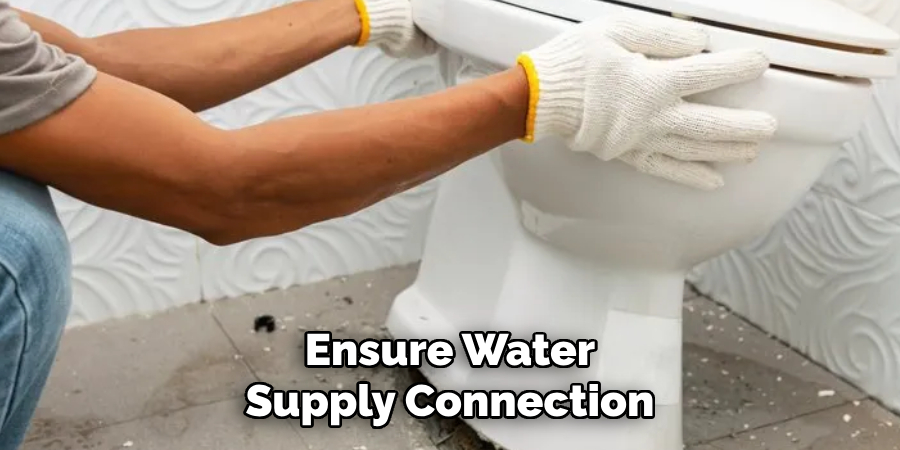
Step 2. Install an Electric Pump (if necessary):
In some tankless toilet systems, an electric pump is required to supplement water line pressure and ensure a powerful flush. Proper installation is crucial if your toilet model specifies the need for an electric pump. Begin by selecting a suitable location close to the toilet for the pump, ensuring it is easily accessible for maintenance. Follow the manufacturer’s instructions for connecting the pump to the toilet and the main water supply line.
Secure all connections tightly to prevent leaks and ensure optimal performance. With the pump correctly installed, it will work in conjunction with the water line pressure, enhancing the flushing capability and maintaining the efficiency of the tankless system. Regularly inspect and maintain the pump to keep the system functioning smoothly.
Step 3. Connect the Flusher Activation Mechanism:
The next phase involves connecting the flusher activation mechanism. This component is vital for initiating the flushing process and varies between push buttons, levers, or sensor-activated models depending on the toilet design. Install the activation mechanism as specified by the manufacturer, ensuring it properly integrates with the toilet system.
Check the power supply for electronic sensors and make any necessary electrical connections. Ensure the mechanism is responsive and triggers the flushing process reliably. Proper calibration and installation of the activation mechanism are essential for the tankless toilet to function efficiently.
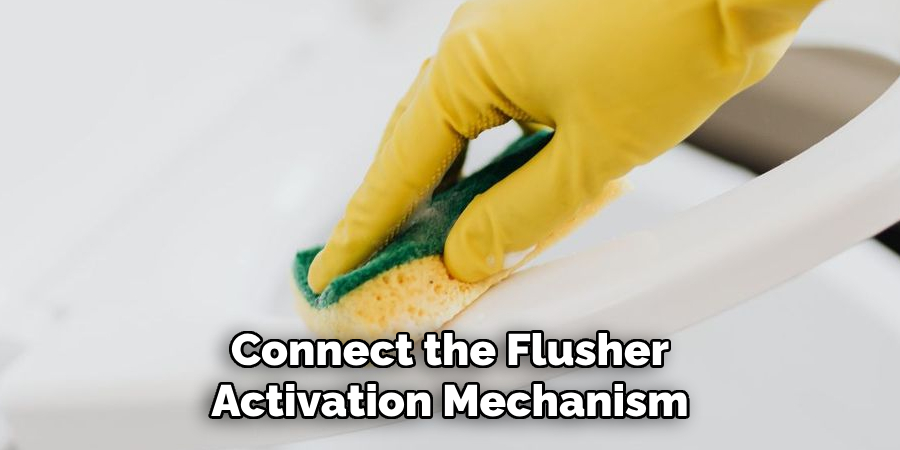
Step 4. Secure the Discharge Outlet:
Connecting the toilet to the sewage system is crucial for waste removal. Ensure the discharge outlet is securely fastened to the sewer pipe, reducing the risk of leaks or blockages. Use a firm sealing ring or gasket to make a tight connection, prevent odors, and maintain bathroom hygiene. Adjust the alignment if necessary to ensure a smooth waste flow. Regular inspections of the discharge outlet and its seal will help keep the performance and cleanliness of the tankless toilet system.
Step 5. Test the Flushing System:
Finally, a comprehensive test of the entire system is performed to confirm proper functionality. Activate the flush multiple times, observing for timely water flow and effective waste removal. Check for incomplete flushing, inadequate water pressure, or malfunctioning parts.
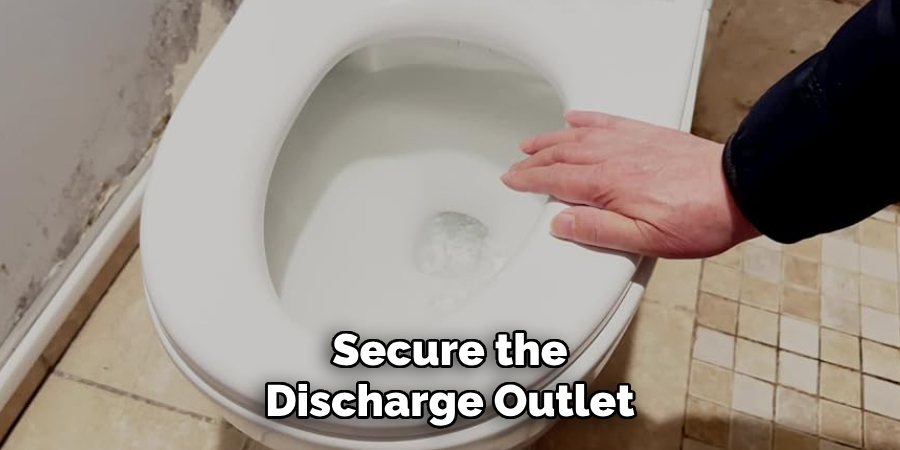
Address any problem areas and re-evaluate the connections and settings. Achieving optimal performance ensures the efficiency and satisfaction of using a tankless toilet in your home or business environment. Regular maintenance will further ensure the ongoing reliability of the system.
Step 6. Ensure Optimal Pressure:
Maintaining optimal water pressure is essential for the effective operation of a tankless toilet. Check the water pressure levels regularly to ensure they meet the specifications of your toilet model. Low water pressure can result in incomplete flushes, while excessive pressure may cause damage. Installing a pressure regulator, if it’s not already in place, is a prudent step to stabilize and control the water pressure.
Monitoring and adjusting water pressure as needed will support the consistent performance of the toilet. If you experience ongoing pressure issues, consult a professional plumber to diagnose and resolve the underlying problem.
Step 7. Adjust the Flushing Volume:
Many tankless toilets offer the option to adjust the flushing volume to suit different needs and preferences for conservation. Consult the user manual to locate the adjustment mechanism, which could be on the activation device or part of the valve assembly.
Adjusting the flushing volume allows you to optimize water usage—using just enough to clear waste effectively while minimizing water consumption. Regularly reviewing and fine-tuning the settings can contribute to water savings and environmental sustainability. Try different settings and observe the results to find your optimal flushing volume.
Step 8. Inspect for Leaks and Wear:
Inspecting for leaks and wear is essential to maintaining the functionality and longevity of your tankless toilet system. For signs of wear or damage, begin by examining all visible components, including water supply connections, the discharge outlet, and any external electrical connections. Look for water stains, puddles, or dampness around the toilet’s base, as these can indicate leaks that require immediate attention. Pay special attention to joints and seals, as deterioration over time could lead to inefficiencies or malfunctions.
Additionally, the condition of any mechanical parts, such as the activation mechanism and discharge valves, must be assessed. Wear and tear on these components can result in poor performance or frequent breakdowns. Conducting regular inspections and promptly addressing any issues will ensure your tankless toilet’s continuous reliability and efficiency, thereby extending its service life and maintaining a hygienic bathroom environment.
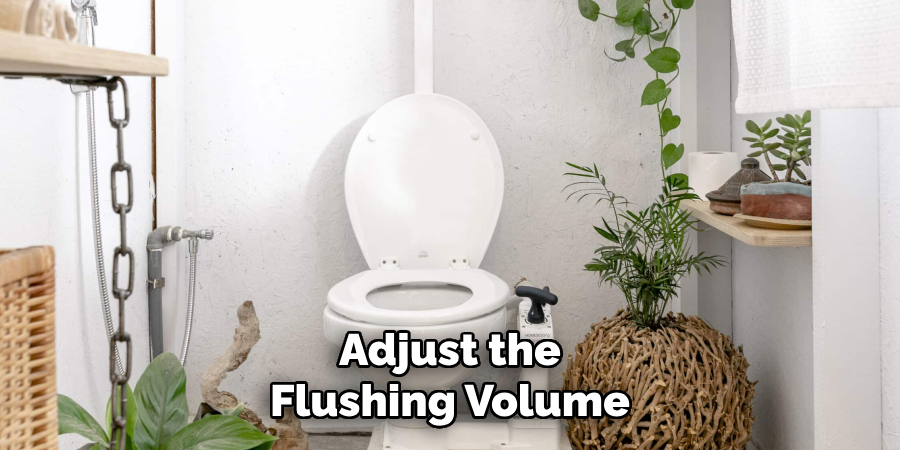
Step 9. Schedule Regular Maintenance Checks:
Scheduling regular maintenance checks is vital for preserving your tankless toilet system’s long-term functionality and efficiency. Establish a routine maintenance plan that includes inspecting all components, cleaning filters, and confirming the operation of the flushing mechanism and water supply. Routine professional inspections can identify issues beyond standard visual checks, offering preventative measures against potential malfunctions.
Additionally, keep a record of all maintenance activities and repairs conducted, as this can aid in troubleshooting and future servicing. Consistent maintenance ensures optimal performance, prolongs the life of the toilet system, and enhances user satisfaction. Pay attention to maintenance, which is crucial in keeping your tankless toilet running smoothly.
Step 10. Implement Energy-Saving Settings:
Consider implementing energy-saving settings for tankless toilets equipped with electronic components to reduce power consumption. Review the user manual to understand the available options, including standby modes or programmable schedules. These features can significantly lower electricity usage when the toilet is inactive. Opt for settings that allow quick activation while conserving energy if possible. Additionally, ensure that all electrical connections are secure and functioning correctly to prevent unnecessary power drain. By optimizing the energy efficiency of your tankless toilet, you contribute to lower utility bills and a more sustainable household.
By following these steps and incorporating regular maintenance into your toilet care routine, you can ensure optimal functionality and efficiency from your tankless toilet system.
Conclusion
In conclusion, how tankless toilets work represents a modern and efficient solution for contemporary bathroom designs.
By utilizing advanced flushing technology, these systems eliminate the need for a traditional water tank, resulting in significant space savings and a continuous water flow for effective waste removal. With fewer mechanical components, tankless toilets are often more reliable, requiring less maintenance yet ensuring the same level of hygiene and sanitation as traditional toilets. They are uniquely suited for households and businesses prioritizing water conservation and energy efficiency, as they offer customizable flushing volumes and energy-saving features. Proper installation and regular maintenance are crucial to maximizing the benefits and longevity of the system.
As these innovative fixtures continue to evolve, they offer a promising future for sustainable and smart bathroom solutions.

